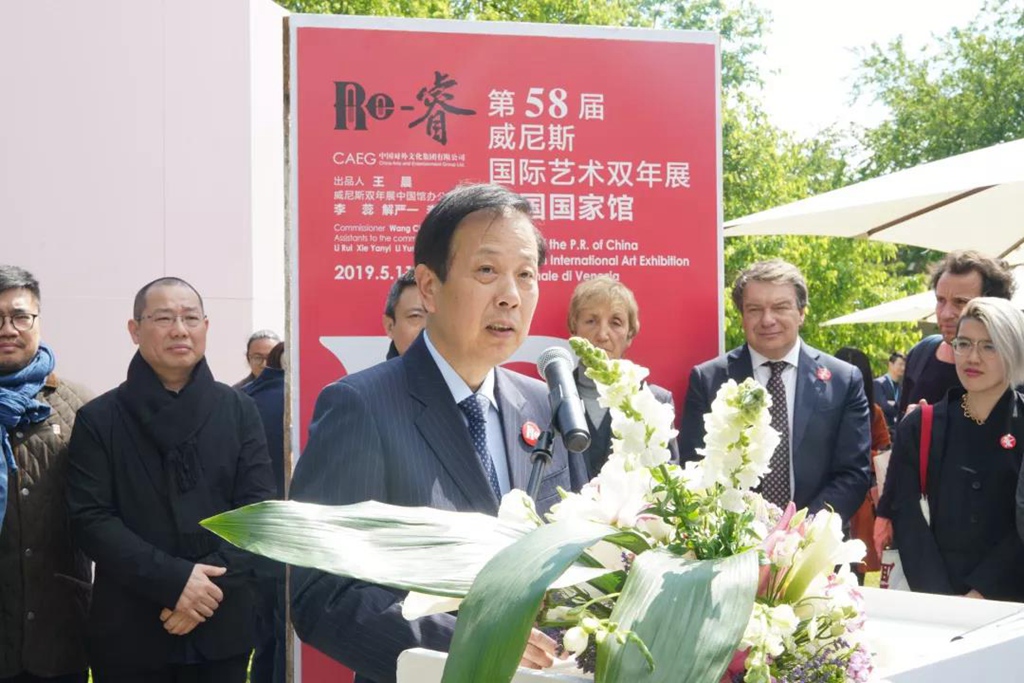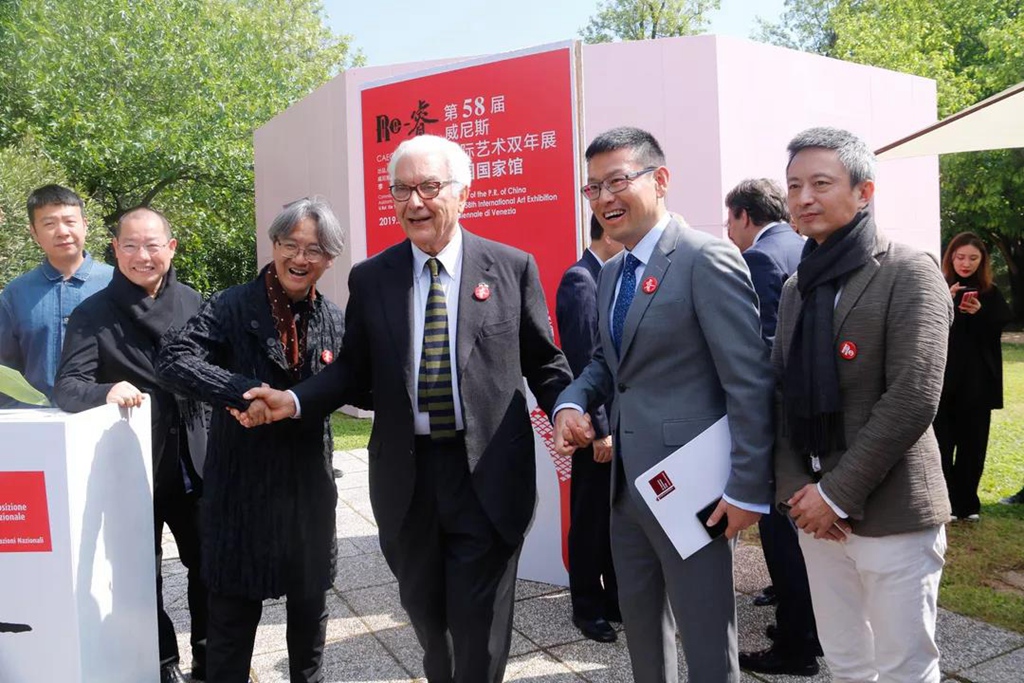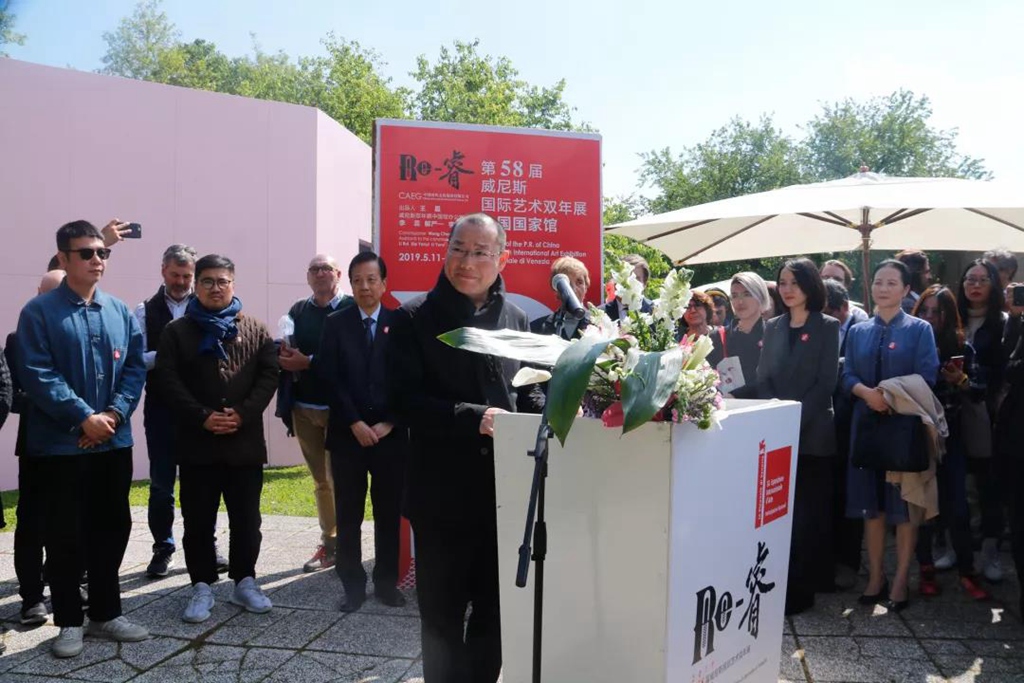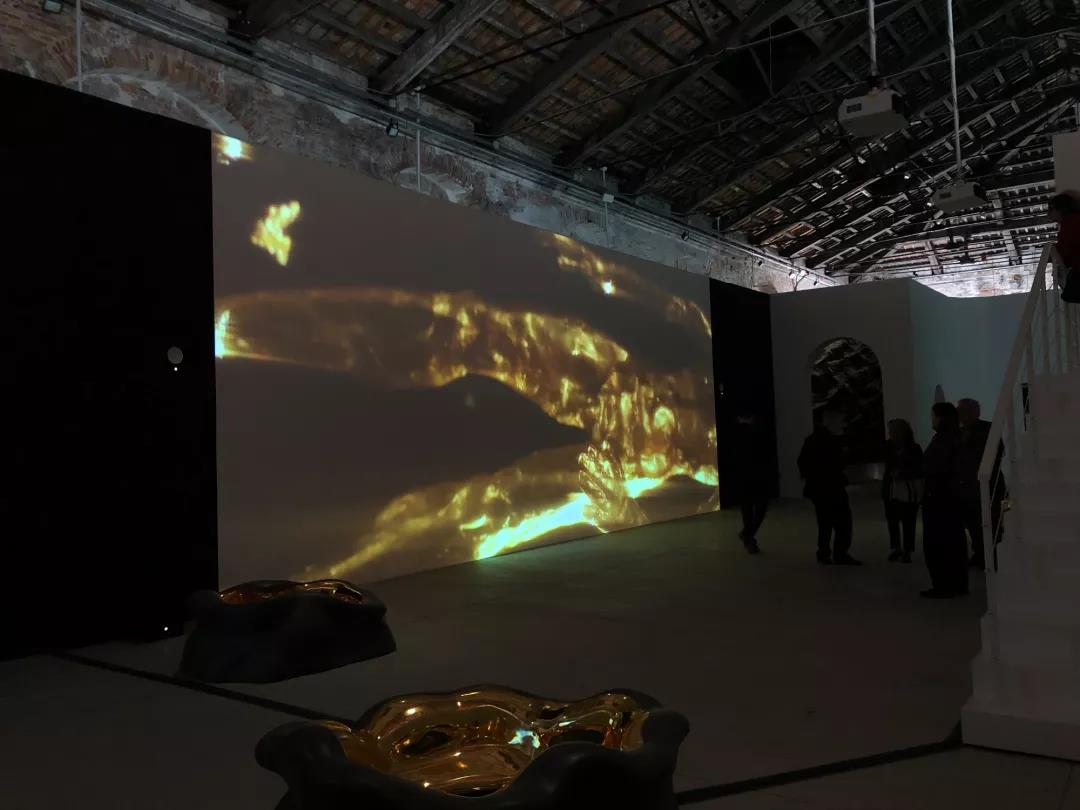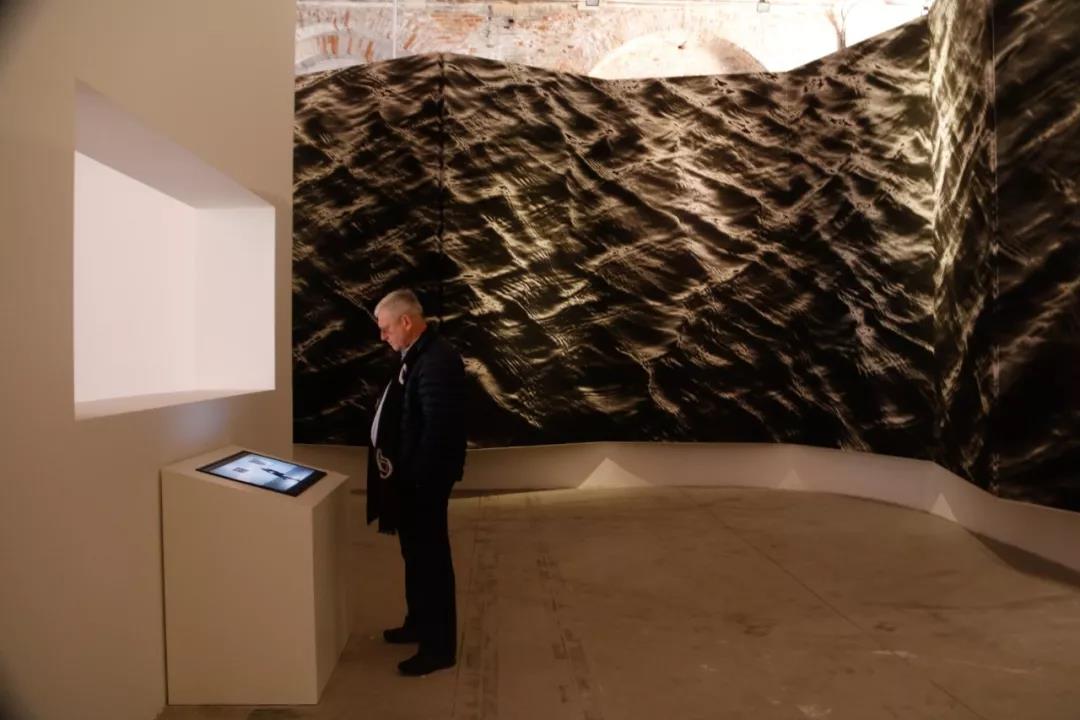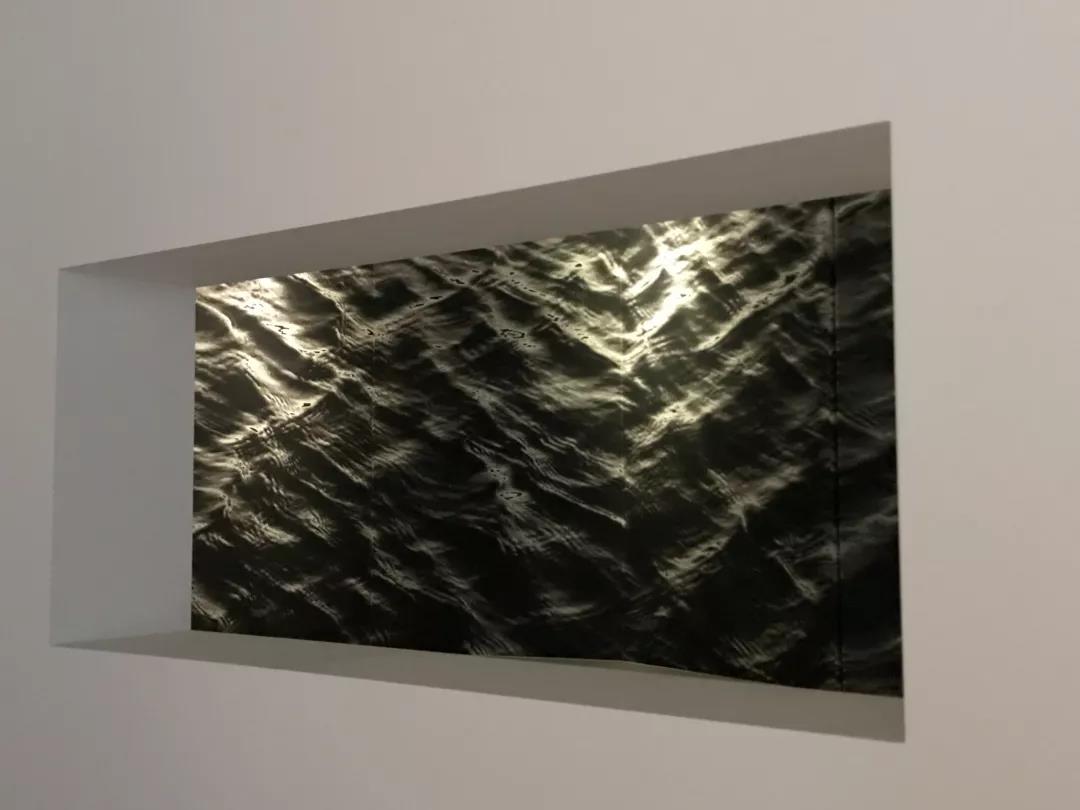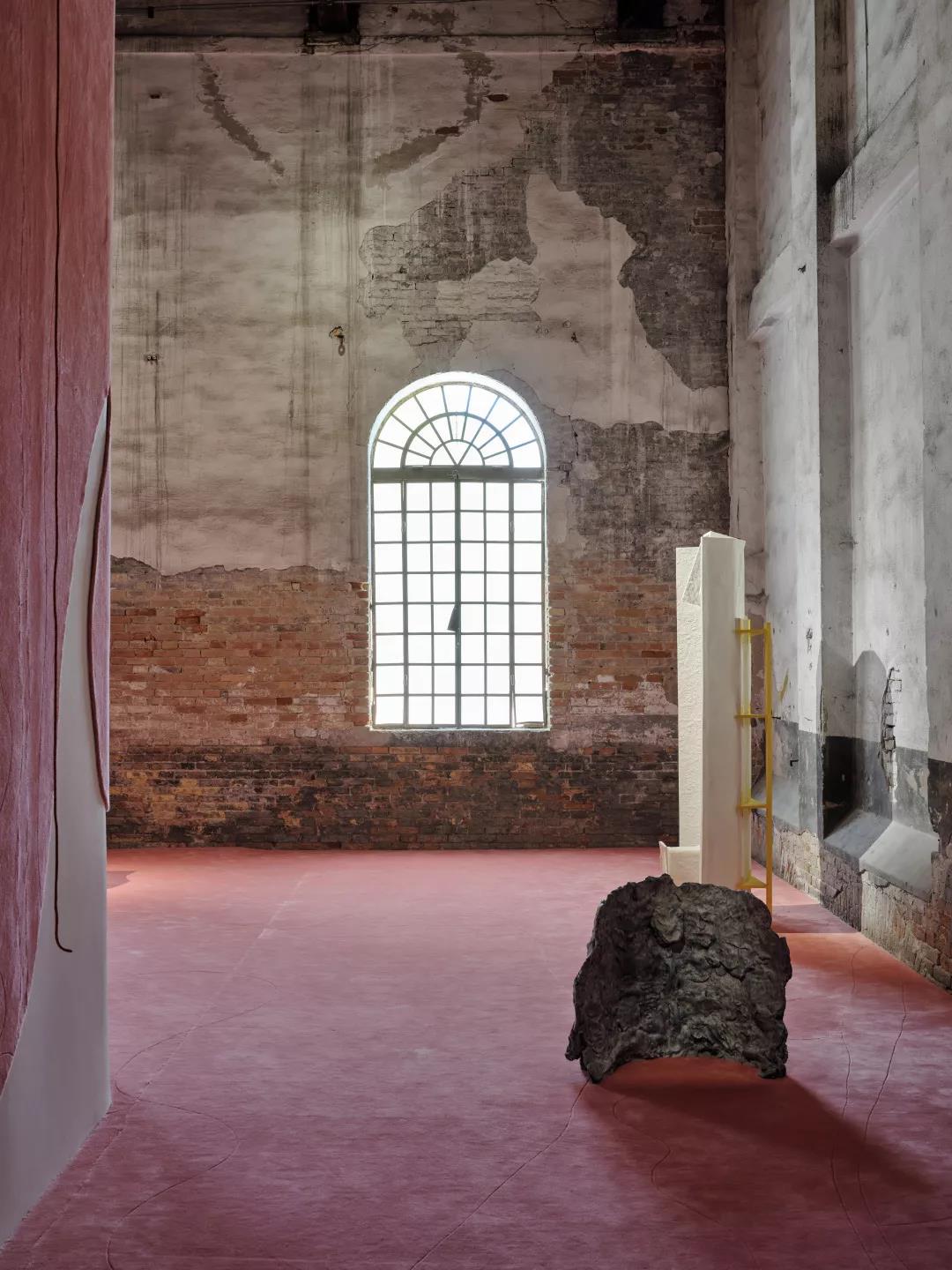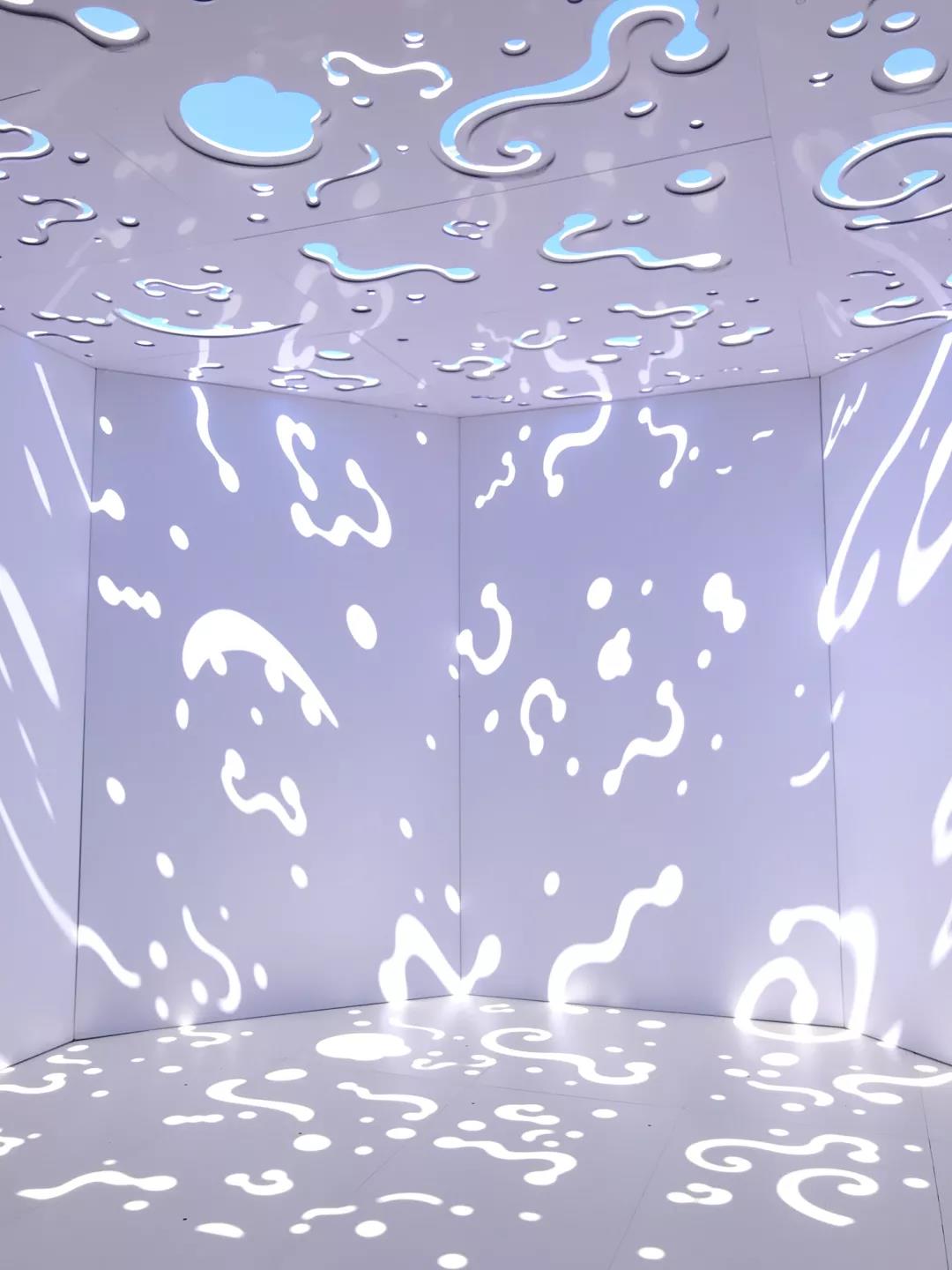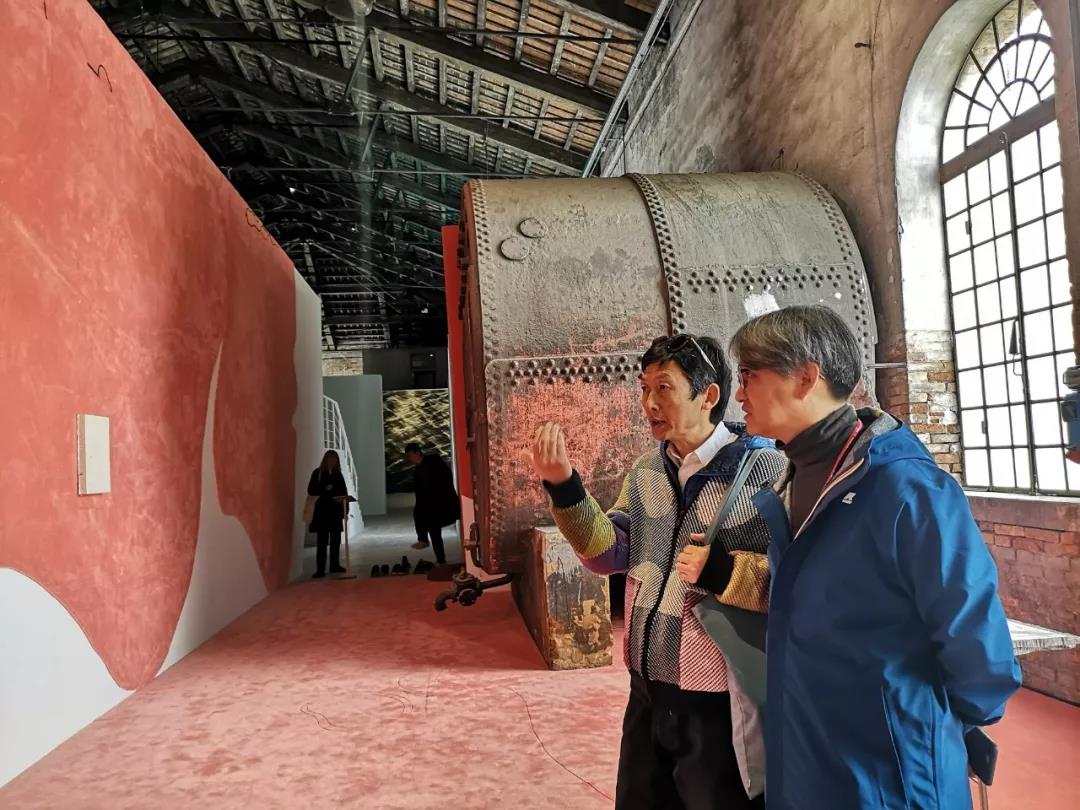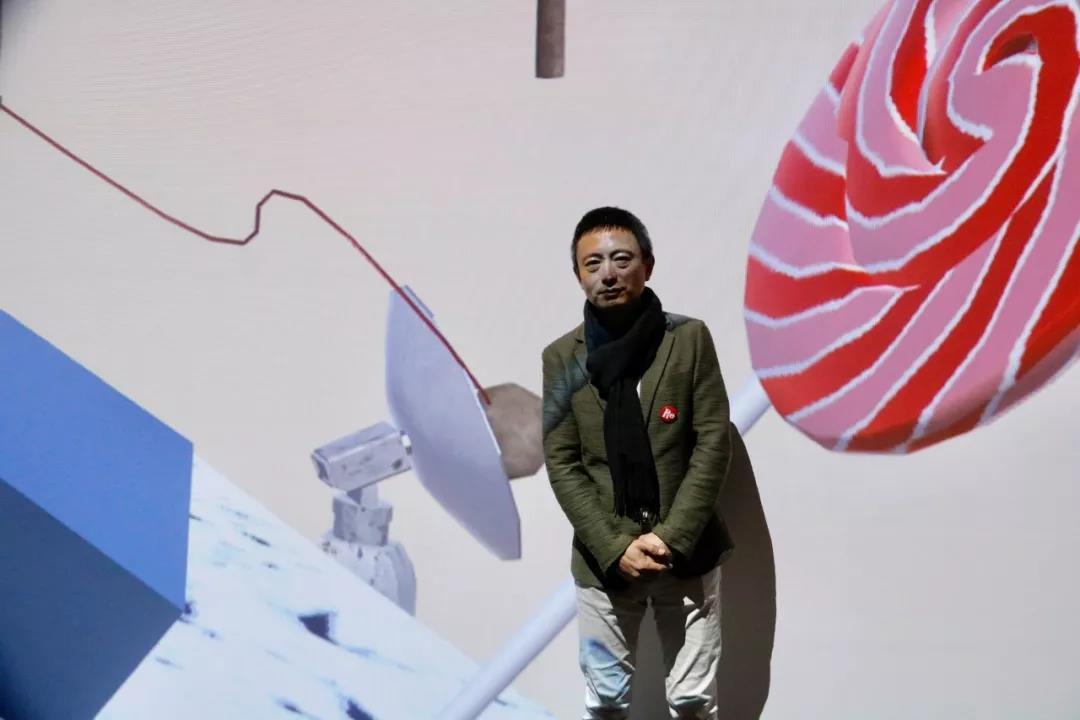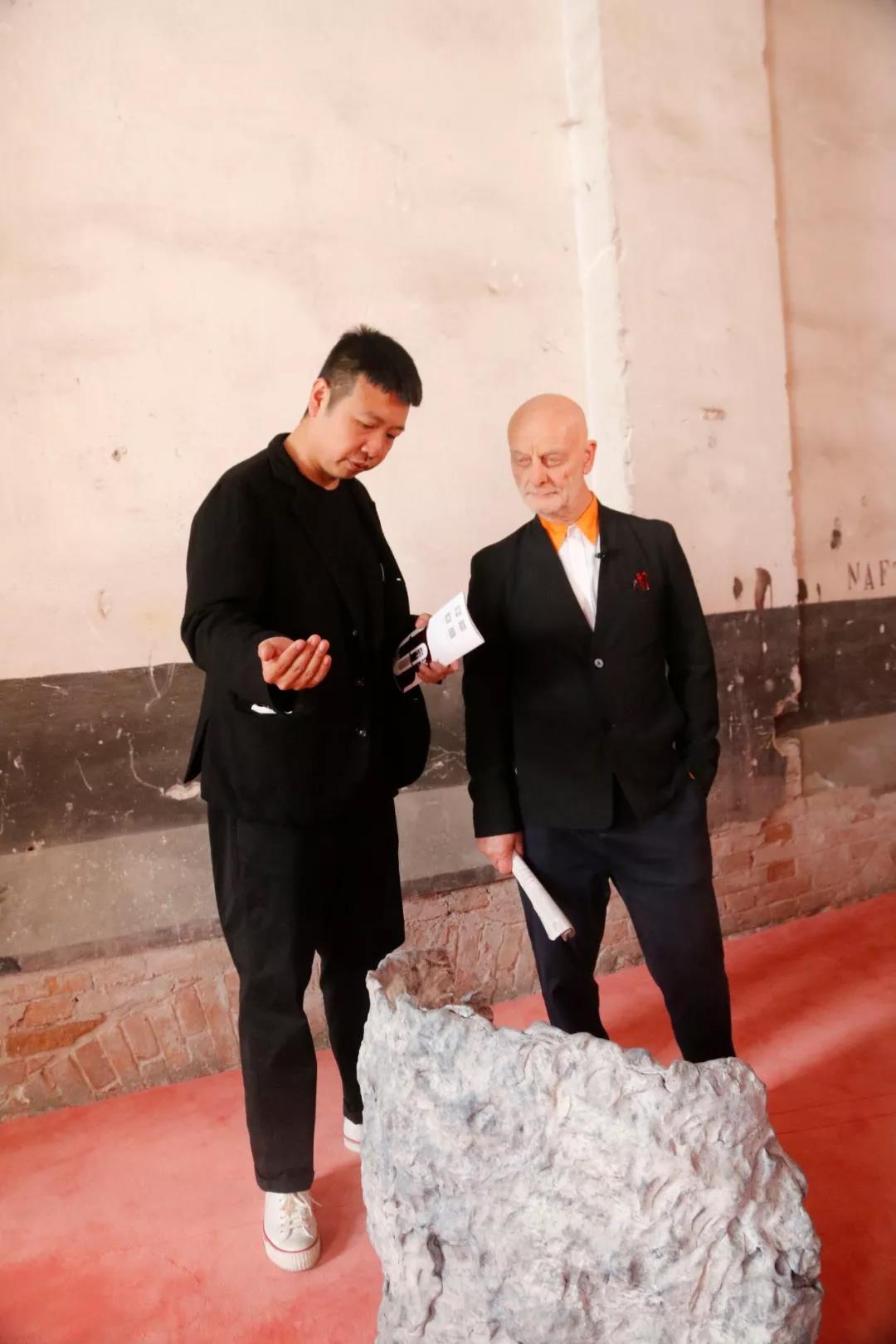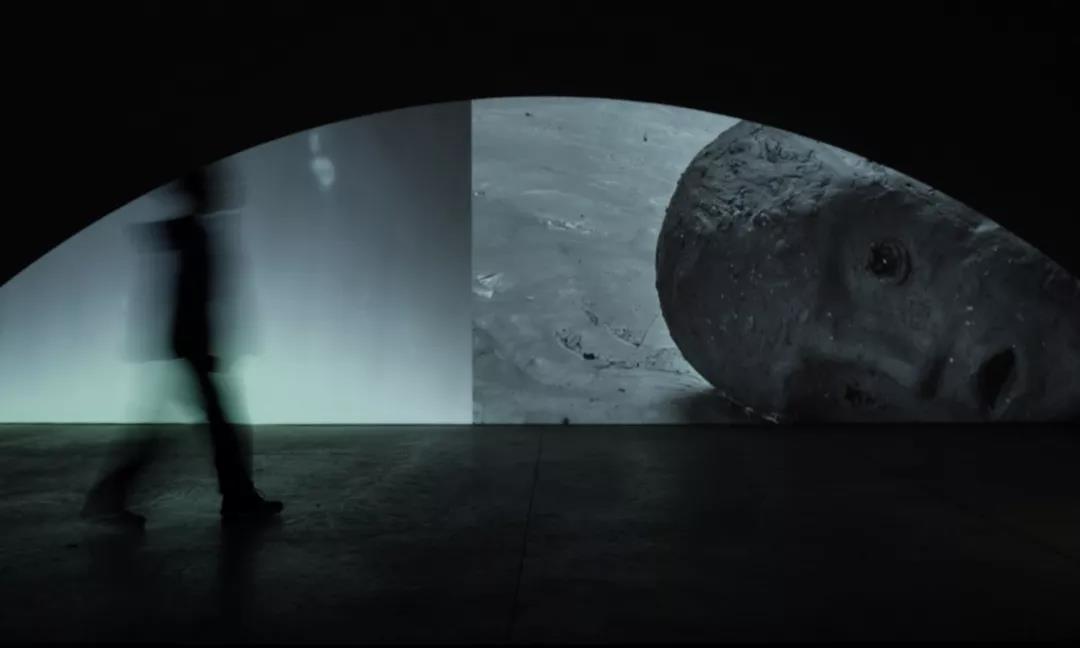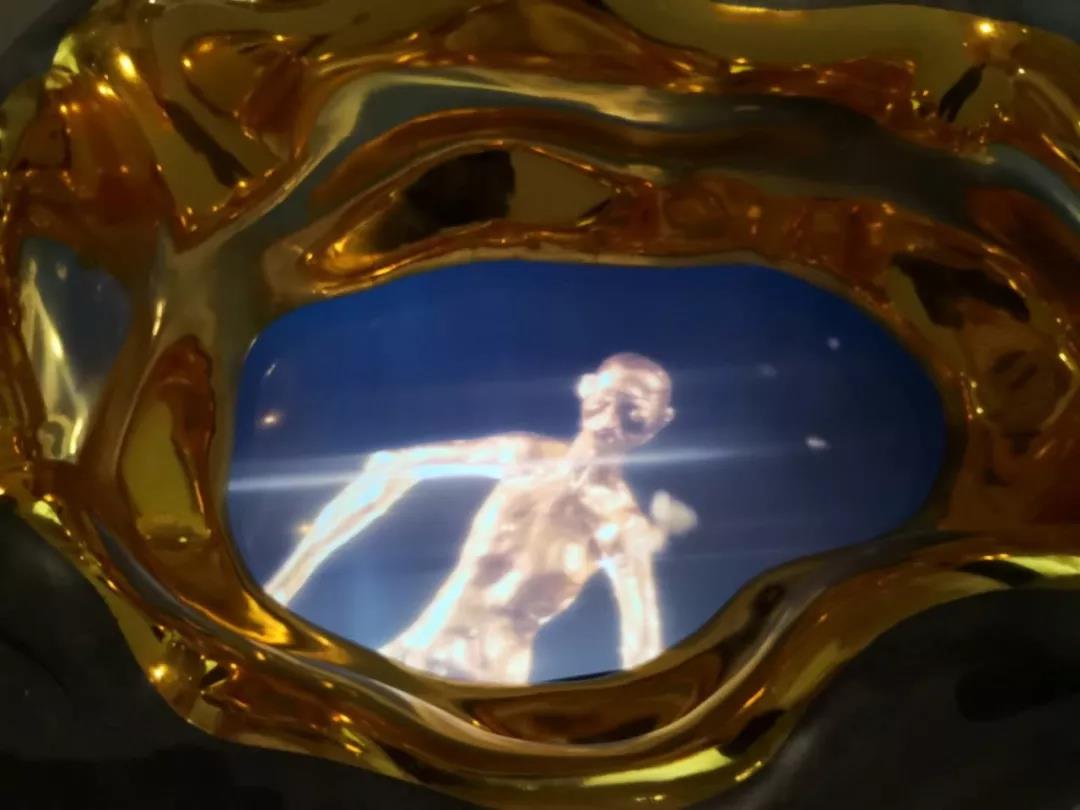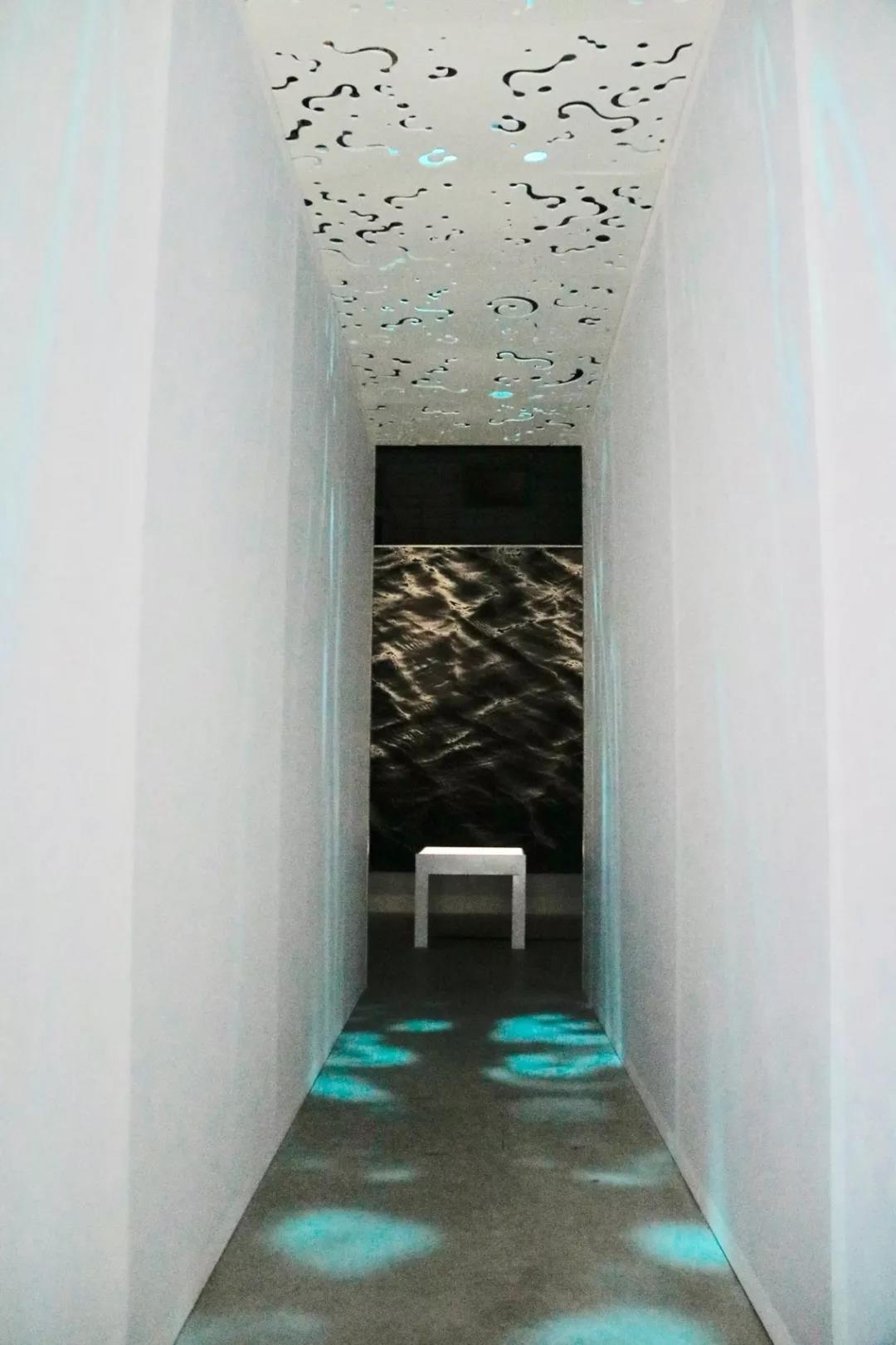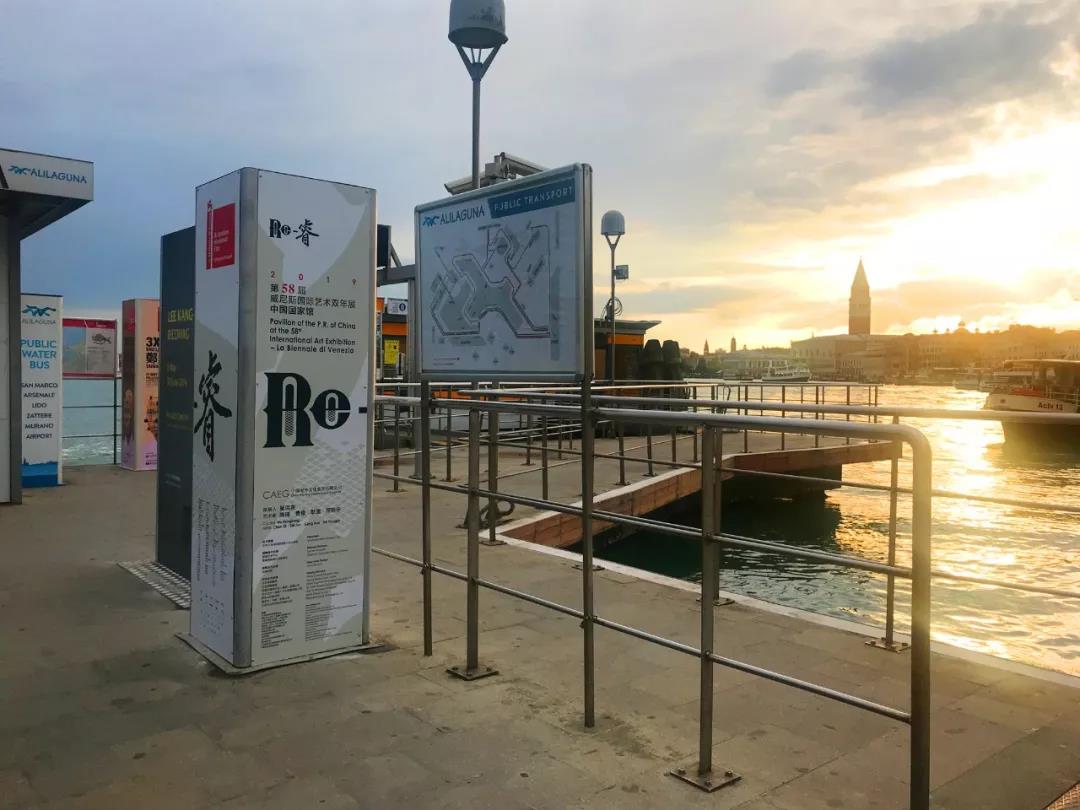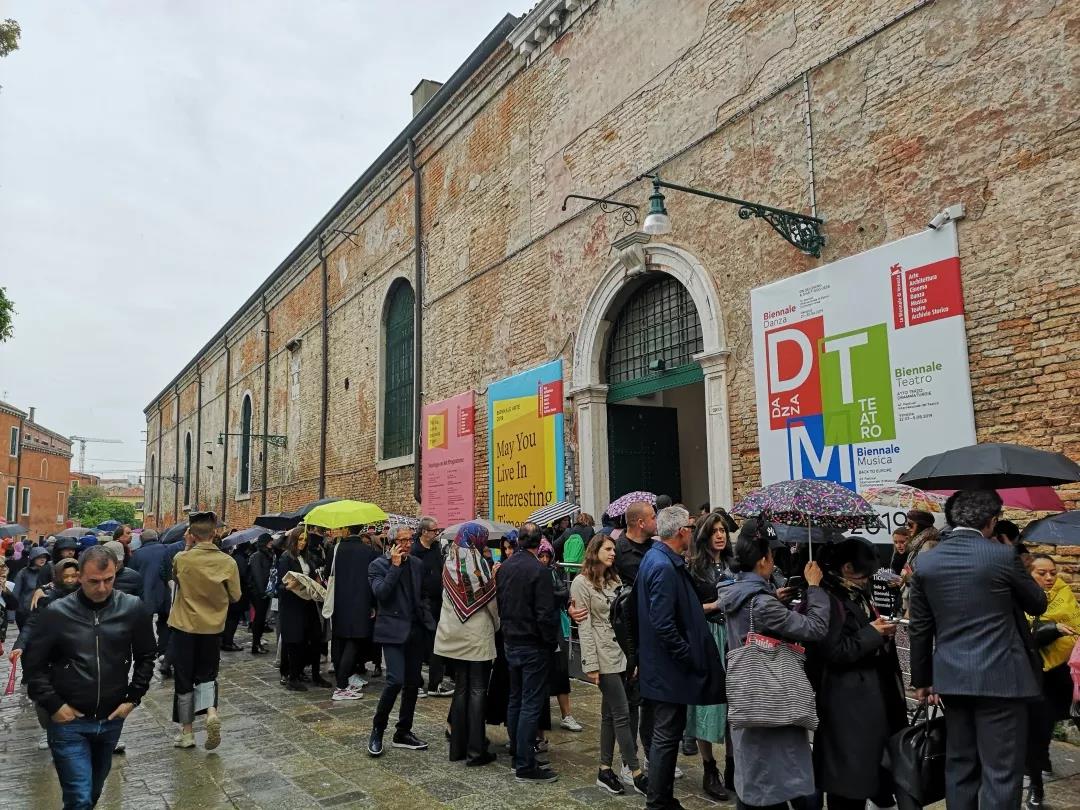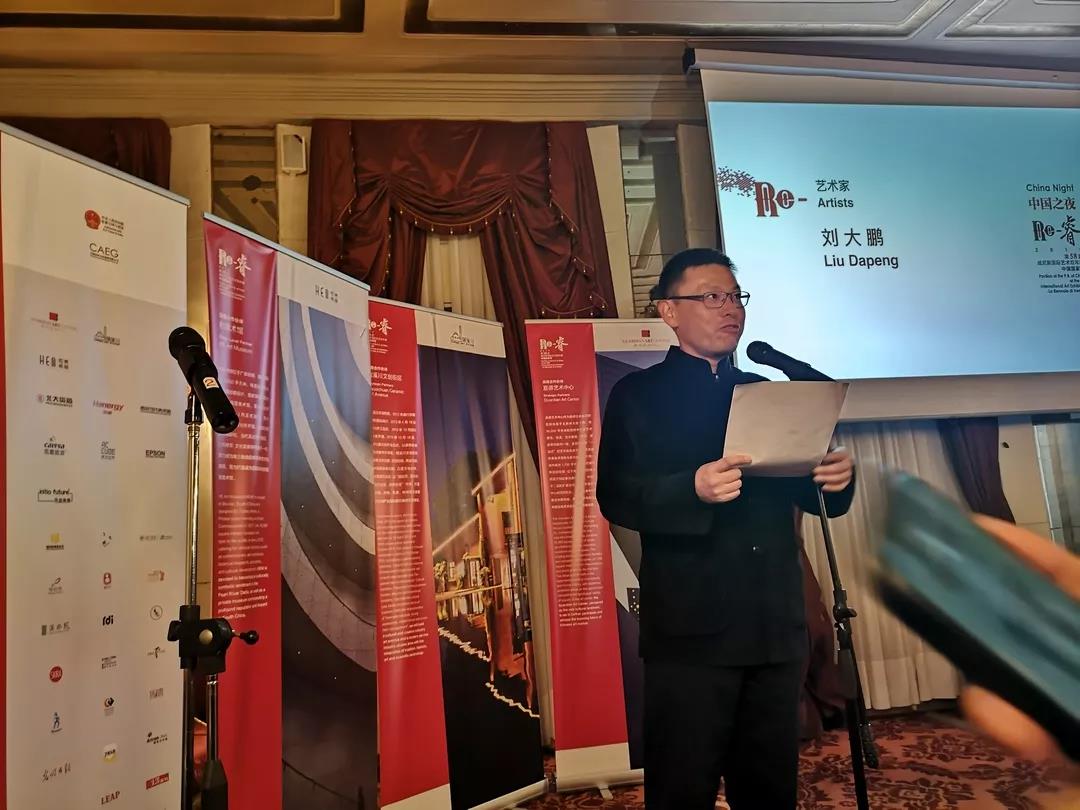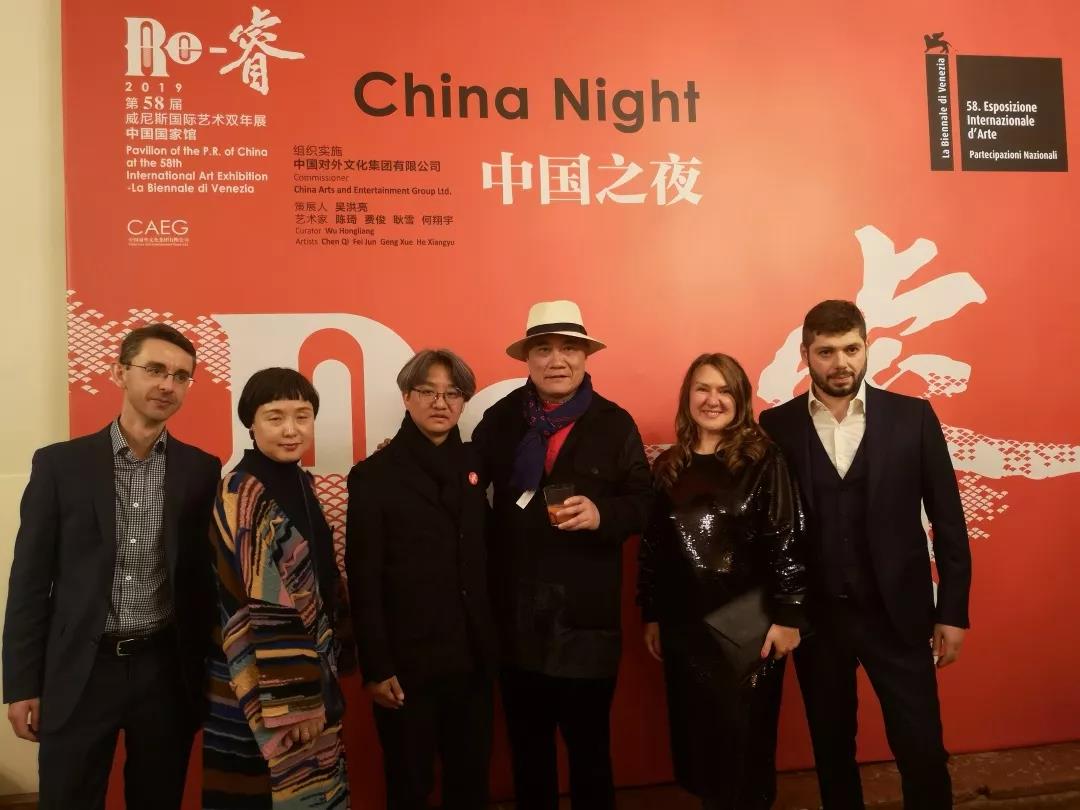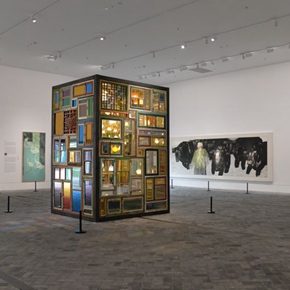
On May 9, 2019 (local time), the China Pavilion at the 58th International Art Exhibition - La Biennale di Venezia, with the exhibition title of “Re—睿”, was inaugurated at the Arsenale in Venice. The Exhibition was organized and presented by China Arts and Entertainment Group. Nearly 300 people attended the opening ceremony, including Mr. Li Ruiyu, Chinese Ambassador to Italy, Mr. Paolo Baratta, President of La Biennale di Venezia, Ms. Xu Rong, counsellor of Italian Institute of Culture of Chinese Ambassador to Italy, Ms. Fincato Laura, President of Airiminum, Mr. (Prof.) Segre Giuliano, President of Venezia 2000 foundation, Mr. Massimiliano De Martin, representative of the mayor of Venice, Mr. Wang Chen, deputy general manager of China Arts and Entertainment Group Ltd., Mrs. Cherry Tse, Representative of Hong Kong Special Administrative Region Government and Permanent Secretary for Home Affairs Bureau, Ms. Mu Xinxin, Director of the Cultural Affairs Bureau of Macau, Mr. Wu Hongliang, Curator of China Pavilion of the 58th International Art Exhibition, participating artists of China Pavilion - Mr. Chen Qi, Mr. Fei Jun, Mr. He Xiangyu, and Mr. Liu Dapeng, working partner of participating artist Geng Xue, Mr. Zhang Zikang, Curator of CAFA Art Museum, Mr. Kou Qin, President and CEO of Jade Investment Holding and General Manager of Guardian Art Center, Mr. Liu Zili, President of Jingdezhen Ceramic Culture Tourism Group and Mr. He Jianfeng, President of Infore Group, Chairman of Guangdong HE Foundation and Curator of United Art Museum.
At the opening ceremony, Mr. Ambassador Li Ruiyu first gave a speech. According to him, the Venice Biennale is a world-renowned cultural festival as well as an Italian member of the China-Italy Cultural Forum. More than a stage for Chinese artists to show China to the world, the China Pavilion has also developed into an important window for the rest of the world to learn more about China and China’s contemporary arts through years of accumulation, practice and innovation. He also mentioned that there has long been a solid foundation for cultural exchange and cooperation between China and Italy and he believed that led by the “Belt and Road” Initiative, both sides will continue to create new models and deepen cooperation to promote communication and mutual learning between both sides and consolidate and develop their traditional friendship.
Ms. Fincato Laura, President of Airiminum, said in her speech that the theme "May You Live in Interesting Times" could inspire the creativity of artists as well as the reflections of viewers. And the “interesting times” means challenge and ambition for us too. The “Belt and Road” Initiative proposed by Chinese President Xi Jinping acts as a bridge between China and Europe and allows both Chinese and Italian people to live in the interesting and lucky times.
At the opening ceremony, Mr. Wu Hongliang, Curator of China Pavilion, and Chen Qi, representative of participating artists, elaborated the curatorial concept and artistic creation respectively.
The 58th International Art Exhibition was themed “May You Live in Interesting Times” by Curator Ralph Rugoff. According to Mr. Wu Hongliang, Curator of China Pavilion, this topic is open to different ways of interpretation. In the face of the problems faced by humanity today, ranging from information on the media to our daily lives, every individual is more or less aware that humans seem to be facing the so-called "new problems". To address problems of the present and the future, we may need to look back and gain insights from "Re" to "睿" (wisdom). "Re" is a prefix frequently used in various Western languages. It has the meaning of "back" or "backward", adding a retrospective sense to the root word it precedes. "睿" (Rui) is a character in Chinese that has similar pronunciation, meaning wisdom. Based on this logic, Curator Wu Hongliang chose the works of such four artists as Chen Qi, Fei Jun, Geng Xue and He Xiangyu, presenting their exploration of the theme "Re" from three dimensions, i.e. civilizational consensus, daily life and self-perception. In the vision of the exhibition space, the Curator created a path for viewers to return to themselves by relying on both the virtual and the real world and based on elements such as locality of exhibition and the spatial relationships in Chinese classical gardens. The exhibition hall is arranged like a long three-dimensional scroll of Chinese painting. The interesting point is that you cannot view the whole scroll at once. Wandering in the exhibition hall is like unfolding the scroll, with changing views and varying experiences for the viewers to feel with their hearts.
The China pavilion is located in the deepest part of the Arsenale area. It is easy to get lost in the winding lanes of Venice and its intricate network of waterways and bridges. In order that viewers could find the China pavilion, Chinese artist Fei Jun has created a mobile app "Re-Search", which is also one of the artworks curated at the exhibition. This app combines the navigation function with an artistic re-creation of the bridges in Venice. It can not only compare similar bridges built in human history, but also guide viewers to the China pavilion. Upon entering the China pavilion, the viewers need to walk through a narrow passageway. On the right side of the passageway are the mottled ancient brick walls of the Arsenale, while on the left side is a growing virtual world that interacts with the viewers and players. This virtual game, named "An Interesting World", is simple and complicated, full of entanglements and co-creation. The various worlds created by different players can be connected by bridges, allowing for communication with each other. Leaving behind the virtual game zone that provides a contrast between history and future, viewers will come to a small open square.
Walking up to a small arched bridge on one side of the square, viewers will be standing at commanding height of the entire exhibition hall, overlooking "The Name of Gold", an image installation created by artist Geng Xue. The installation is 10 meters high and 4 meters long, playing a video in black and white that reflects the female artist's perception of life and reincarnation. Toward the end of the video, a golden ship appears in the vacant black-and-white world, in concert with several golden devices on the ground that look like "water splashes" or "umbilical cords" to present images of a golden figure floating, disintegrating and vanishing…Water is the key theme of this area.
Whether the viewers are on or under the bridge, they will see the huge, super-realistic, black-and-white watermark woodcut prints by artist Chen Qi, which is named "The Born and Expansion of 2012". Approaching this artwork, viewers will get immersed, feeling their bodies and minds swaying gently with the water ripples. The viewers can walk through the bridge and enter a narrow lane that leads to a completely unexpected pink space. This is the installation work by artist He Xiangyu, named "What We Create is Not Ourselves". The work is an externalization of the tactile perceptions inside the human body. For example, the artist touched his upper jaw with his tongue, and then translated the tactile sensation into a bronze sculpture. He has spent many years visualizing such perceptions like keeping track of daily routines. Viewers can sit down and touch the sculptures to share the tactile perceptions of the artist. Now it is time for viewers to experience the beauty of this garden-like enclosure. They can either walk through the pink space and pass an archway back to the small square where Geng Xue's work is showcased, or return to the exit under the bridge and turn right to find mottled light showering down through engraved holes overhead. This is the spatial installation of artist Chen Qi, named "Elsewhere". The shapes of the holes are an imitation of wormholes in an ancient book bitten by bookworms, metaphorizing the conflict as well as the harmony between human civilization and nature.
Walking out of this dark alley, viewers will enter the bright outer space of the China pavilion. There is a pale-pink box installed on the lawn. The inside of the box is a tranquil space with sunlight penetrating the "wormholes". This is a gift from China, where viewers can look around or stay for a while. If visitors happen to enter the China pavilion through the entrance of the garden, they can experience the unfolding of the scroll from the other end. This is another interesting aspect of the China pavilion.
In order to inspire viewers’ multidimensional experience, the China pavilion combines psychological research and big data with the works of various artists to broaden the boundaries of the exhibition. The work of Fei Jun, "Re-Search", has a navigating function that can guide viewers to the China pavilion. In addition, Mr. Wu Hongliang has cooperated with the Chinese Academy of Sciences to produce smart wristbands for selected viewers. Once linked to a viewer's mobile phone, the wristband can monitor the viewer's emotional state based on physiological data during the viewer's visit, and convert it into a unique psychological image based on Chen Qi's artwork, which then becomes a souvenir of the trip. In parallel with the Biennale Arte 2019, the exhibition has also established a number of "kiosk" across China, where information about the Biennale Arte 2019 will be shared and viewers can appreciate its beauty from far away. Some outdoor installations will be integrated with solar technology to make them more energy efficient.
The Venice Biennale is one of the world’s most important contemporary art exhibitions. As an international platform to manifest China’s cultural proposition and cultural confidence in the new era, the China Pavilion keeps its finger on the pulse of the times, integrates new techniques into the traditional logic of Chinese art and holds a more open and inclusive attitude toward the interaction between art and the times and between art and the public, thus allowing art to open a new perspective of thinking for a better life of the public.
It is reported that the an evening gala titled “The Night of China” was held in the Hotel Danieli of Venice on May 8 as a prelude to the opening ceremony of the China Pavilion. Experts, scholars and media representatives in culture and art both at home and abroad attended. At the evening gala, a new media work by Song Zhen from Central Academy of Drama was released, which visualizes the traditional Beijing Opera art and gives it a sense of sculpture in a multimedia form. In addition, as a supporting activity of the China Pavilion during the opening week, Curator Wu Hongliang will give an academic lecture in the Confucius Institute at Venice University on the morning of May 10 to share the curatorial concept and exhibition narratives with art lovers all over the world.
The China Pavilion at the 58th International Art Exhibition—La Biennale di Venezia will last till November 24, 2019.
Edit by CAFA ART INFO
Photos, texts and videos provided by organizer


